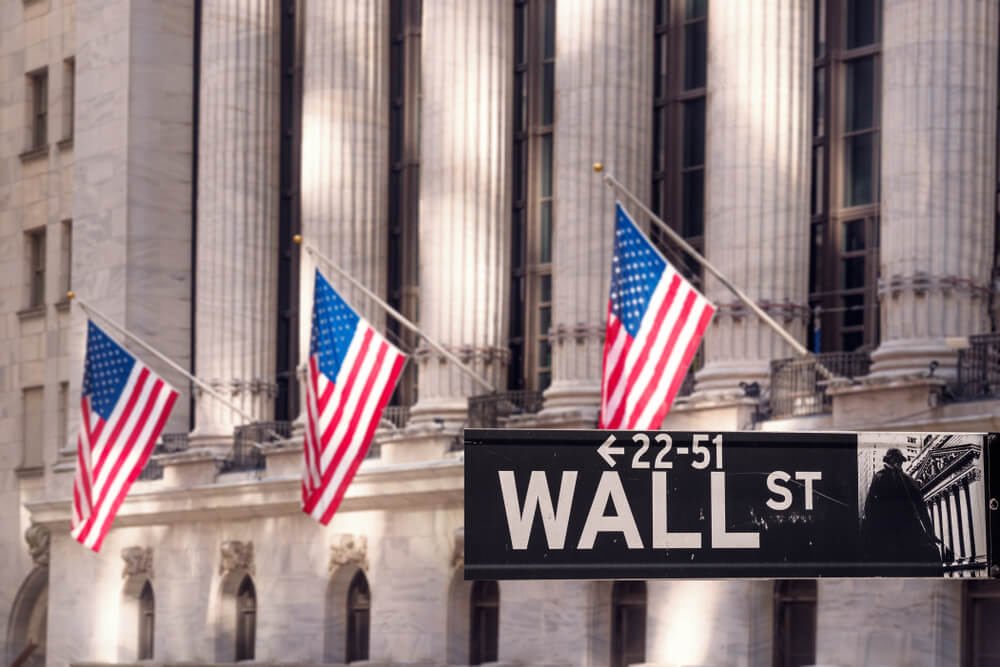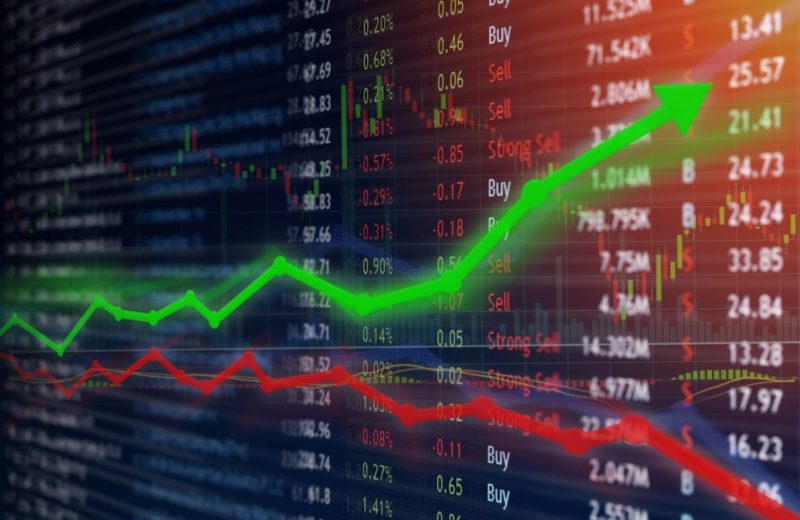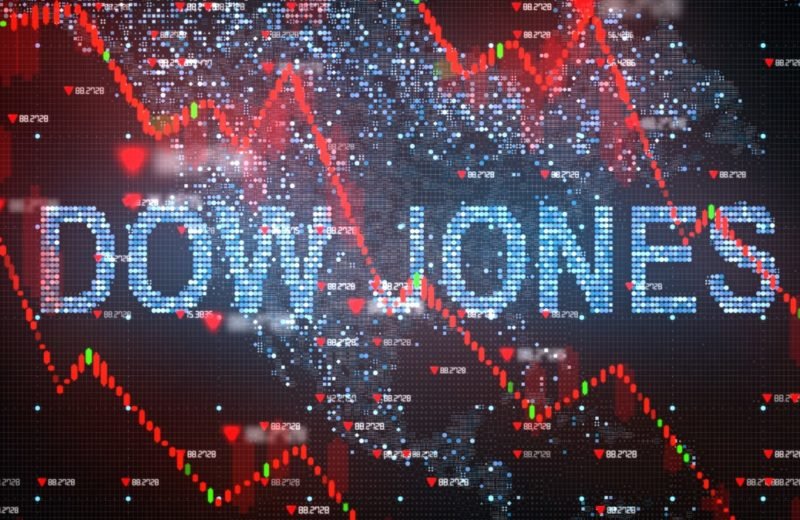Chinese stocks fell as a lockdown in Shanghai to combat a virus outbreak raised concerns about disruptions to business operations and the toll it would take on economic growth.
The CSI 300 Index fell 0.6 percent to its lowest level in two weeks as the city announced a two-phase lockdown to conduct a mass testing blitz. The index recovered losses of up to 2%; it was helped by gains in energy stocks; meanwhile, the latest COVID-19 curbs dragged consumer names lower. In Hong Kong, a rally in technology stocks helped reverse the benchmark’s early declines.
China’s zero-tolerance approach to the virus puts pressure on growth, even as authorities pledged strong support for the economy and markets through a slew of initiatives earlier this month. The CSI 300 Index is down 16% this year, making it the region’s worst-performing national gauge. The Shanghai Stock Exchange announced that it would provide online services for IPO approval meetings, consultations, and roadshows and extend the time window for listed companies.
Meanwhile, the CSI 300’s energy sub-index rose 4.6 percent to its highest close since 2018. A budget breakdown released by the Ministry of Finance hinted at subsidy payments to the renewables sector. The Hang Seng Index rose 1.3 percent as food delivery giant Meituan led higher after reporting earnings.
Analysts expect Chinese authorities to increase stimulus to help the economy.
However, this may not be enough to turn around the market’s flagging momentum. According to an opinion piece on the front page of the official Securities Times on Monday, China’s monetary policy should focus on domestic conditions; moreover, policy should be released “on time.”
Nonetheless, not everyone is pessimistic. Goldman Sachs Group Inc. maintained an overweight stance on the mainland and offshore China stocks, forecasting a 22 percent increase in the MSCI China Index over the next 12 months.
Dow and S&P 500
Stock futures rose Tuesday morning, putting the major averages on track to extend their gains from the previous session as traders awaited key economic data.
The Dow Jones Industrial Average futures rose 139 points or 0.4 percent. S&P 500 futures were up 0.5 percent, while Nasdaq 100 futures were 0.6 percent.
Data on consumer confidence and home prices will be released on Tuesday, ahead of the monthly jobs report on Friday. According to Dow Jones forecasts, economists expect 460,000 new jobs in March and the unemployment rate to fall to 3.7 percent.
Traders are also watching the latest developments in the Ukraine-Russia conflict as peace talks begin in Turkey. To be sure, both parties have stated that they are not close to reaching an agreement.
Meanwhile, the United Kingdom warned that Russian troops continue to pose a “significant threat” to Kyiv, Ukraine’s capital, noting that Russia is reorganizing its forces. Meanwhile, on Monday, the 5-year Treasury note surpassed the 30-year note, marking the first inversion since 2006. The shift fueled some recession fears; however, economists typically watch the spread between the 2-year and 10-year interest rates, which remains positive.















